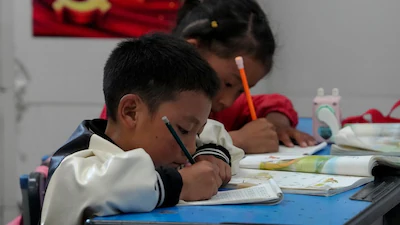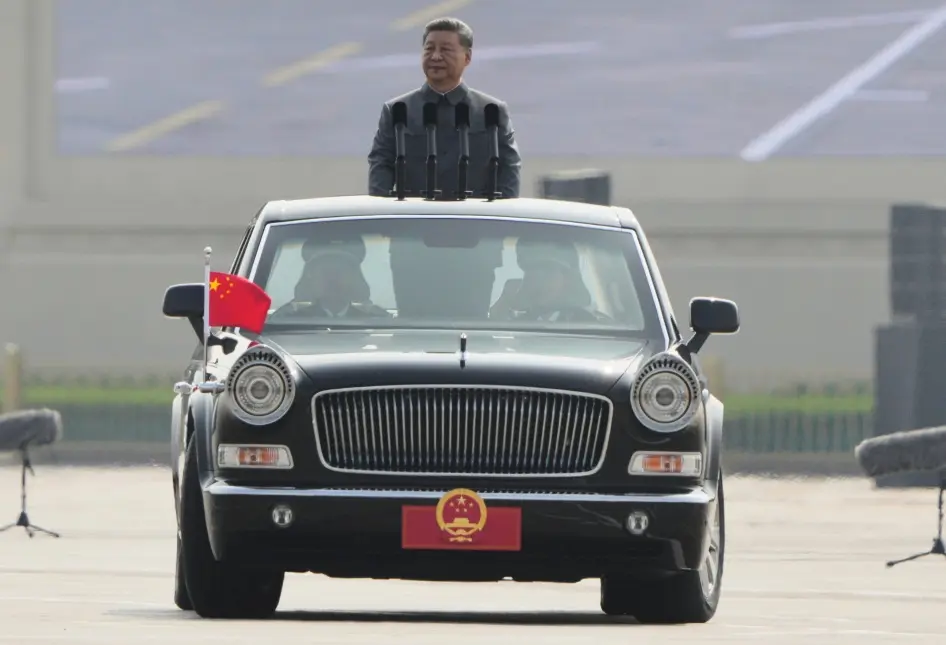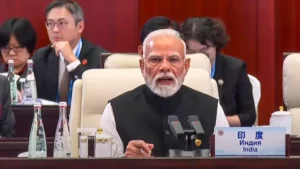Philippines starts trumping China’s designs in South China Sea
As the South China Sea is increasingly emerging as a flash point between Beijing and its Southeast Asian neighbours, the Philippines on Monday packed a punch to its fight against China when it removed a floating barrier placed by China’s coastguard to prevent Filipino fishermen from entering the Scarborough Shoal area.
While the incident is the latest in a series of maritime tension between China and the Philippines, it betrays Beijing’s claim of making the South China Sea a zone of peace.
China lays claims over 90% of the South China Sea by saying that it is part of its sovereign territory even as some of the areas of this water body of the Pacific lie thousands of kilometres away from the mainland and in waters surrounding the Philippines, Vietnam, Malaysia, Brunei, and Indonesia.
On September 22, it installed a ‘floating barrier’ in the Scarborough Shoal to thwart Filipinos’ bid to enter the area for fishing.
China defended this act around the Scarborough Shoal, called by Beijing as Huangyan Dao. “China has indisputable sovereignty over the island and its adjacent waters and sovereign rights and jurisdiction over relevant waters,” Chinese Foreign Ministry Spokesperson Wang Wenbin said.
The Scarborough Shoal is the largest atoll in the South China Sea. Located around 200km from the Philippines, the shoal falls inside the Exclusive Economic Zone of the Southeast Asian nation, but China captured it in 2012 and forced Filipino fishermen to move further for small catches.
Relations between China and the Philippines under Ferdinand Marcos Jr have further soured in the last one year. “Since he took office in June 2022, Mr Marcos has signalled wanting a more muscular foreign policy approach towards China,” The New York Times said in a recent article.
For the first time in the recent past, the Philippines, without waiting for any moment to calm down the situation in the country arising from China’s installation of floating barriers around the Scarborough Shoal, cut down stings connected with floating barriers.
The Philippines coast guard in a statement issued on September 25 termed the removal of floating barrier a “decisive action” that aligns with “international law and the Philippines’ sovereignty over the shoal.”
Analysts cite Manila’s perceived closeness with the US as the reason behind the Southeast Asian country’s bold step in contesting China’s unrelenting territorial claims over the South China Sea. They also say that if the Philippines had not removed the barrier, China would have been tempted to push the boundaries even further.
The Philippines is the oldest ally of the US in Asia. Under the 1951 US-Philippines Mutual Defence Treaty, Washington is obliged to defend Manila if Filipino forces, ships, and aircraft come under attack, including in the South China Sea.
The floating barrier incident, however, took place close on the heels of Chinese coast guard vessels’ act of chasing away Filipino vessels from the Scarborough Shoal, considered a fish bowl in the South China Sea.
On September 22, Chinese coast guard vessels blocked and drove away a vessel of the Bureau of Fisheries and Aquatic Resources of the Philippines when it entered the Scarborough Shoal.
China again defended acts of its coast guards, stating that the Filipino vessel attempted to enter its lagoon without its permission. “China coast guard did what was necessary to block and drive away the Philippine vessel. The steps it took were professional and restrained,” the Chinese Foreign Ministry Spokesperson said.
But the Philippines now seems ready to rattle China in the South China Sea. It threatened to file a complaint against China before an international court for damage to its coral reefs in the South China Sea, Reuters said.
Last week, the Philippines reported “severe damage to its marine environment and coral” at the Iroquois Reef and for this, it accused China of mooring as many as 33 vessels in this area of the South China Sea.
These vessels were described by the Philippines coast guard as fishing trawlers—often used by Chinese people to harvest the coral in the Sea. In fact, coral in the South China Sea has been used for limestone and construction materials, traditional medicines and even for jewellery purposes.
The Iroquois Reef is close to the Reed Bank in the South China Sea where the energy starved Philippines plans to start exploration for gas. It earlier wanted to partner with China for exploration of oil and gas in the South China Sea.
In January 2023, the Philippines Supreme Court rejected its bid to exploit natural resources in partnership with China or any other foreign country in the Sea. It stated that the country’s constitution does not allow foreign entities to exploit natural resources.
The judgement came when territorial claims between the Philippines and China over the South China Sea have weighed-in on diplomatic relations of the two countries. Manila has categorically maintained that it would not cave in under any pressure from Beijing on the territorial issue.
Philippines’ security personnel are often harassed by China’s coast guards and maritime militia whenever they move their vessels towards Ayungin Shoal to provide supplies for Filipino Marines stationed onboard the BRP Sierra Madre—a World War II era US- made tank landing ship.
Since 1999, the Philippines has run the BRP Sierra Madre ship aground in Ayungin Shoal, an atoll in the Spratly Islands of the South China Sea to help support its legal claim to it.
On August 7, the Philippines government summoned the Chinese Ambassador to convey diplomatic protest over the Chinese coast guard’s use of a water cannon against a Filipino supply vessel when it was going towards the grounded naval ship, Associated Press said. Even after Manila’s protest, Chinese coast guards continue to harass Filipino supply boats to Ayungin Shoal. Yet Filipinos have not surrendered to China’s dictates. They have rather dug-in their heels in the South China Sea, leaving Beijing to fume and fret as even warning issued by Chinese authorities against the Philippines is cutting no ice on Manila’s resolve to protect its territory at any cost.











